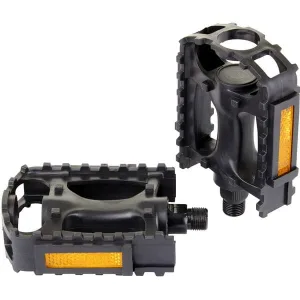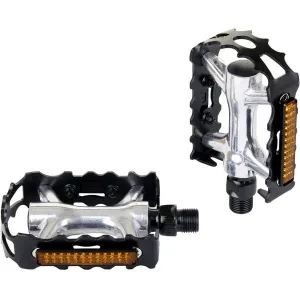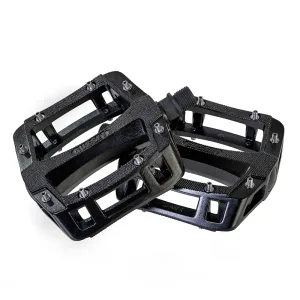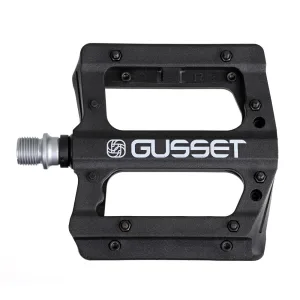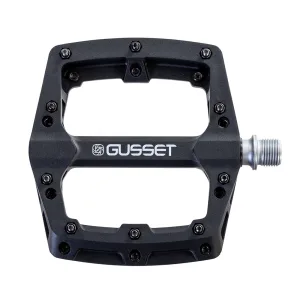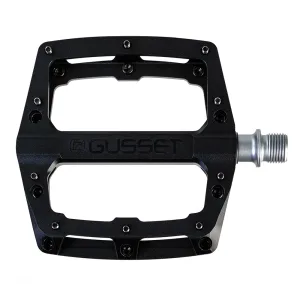MTB Pedals
Mountain bike (MTB) pedals are a crucial component of a mountain bike’s setup, serving as the interface between the rider’s feet and the bike. These pedals play a significant role in providing control, power transfer, and stability while navigating various terrains and challenging trails.
There are two main types of MTB pedals: flat pedals and clipless pedals.
READ MORE...Flat Pedals: Flat pedals, also known as platform pedals, offer a large, flat surface for the rider’s feet. They don’t have any mechanism to attach the shoe to the pedal, allowing riders to easily put a foot down when needed. These pedals are popular among beginners, downhill riders, and those who prefer wearing regular athletic shoes. They provide a sense of freedom and are well-suited for technical sections where quick foot adjustments are necessary.
Clipless Pedals: Despite the name, clipless pedals require cleated cycling shoes that attach to the pedal using a mechanism. This offers a more efficient power transfer, as the rider can both push down and pull up on the pedals. Clipless pedals provide better control and stability during intense climbs and challenging terrain. There’s a learning curve associated with using them, as riders need to practice clipping in and out smoothly to avoid falls. There are different types of clipless pedal systems, such as SPD, Crankbrothers, and Time, each with its own design and engagement mechanism.
Key factors to consider when choosing MTB pedals include the type of riding you do, personal preference, and skill level:
Terrain: The type of terrain you ride on (cross-country, downhill, trail, etc.) can influence your choice of pedals. Downhill and technical riders might prefer flat pedals for quick foot movements, while cross-country riders may opt for clipless pedals for more efficient power transfer.
Shoes: Different pedal types require specific shoes. Flat pedals work with regular athletic shoes, while clipless pedals need cycling shoes with the appropriate cleats compatible with the pedal system.
Skill Level: Beginners might feel more comfortable with flat pedals due to the ease of taking their feet off quickly. As riders become more experienced and comfortable, they might transition to clipless pedals to enhance efficiency.
Personal Preference: Some riders simply prefer the feeling of one pedal type over the other. It’s essential to test both options and choose what feels most natural and effective for you.
MTB pedals are a critical aspect of a mountain biker’s setup, significantly impacting control, power transfer, and overall riding experience. The choice between flat and clipless pedals depends on individual riding style, terrain preferences, and comfort level.

